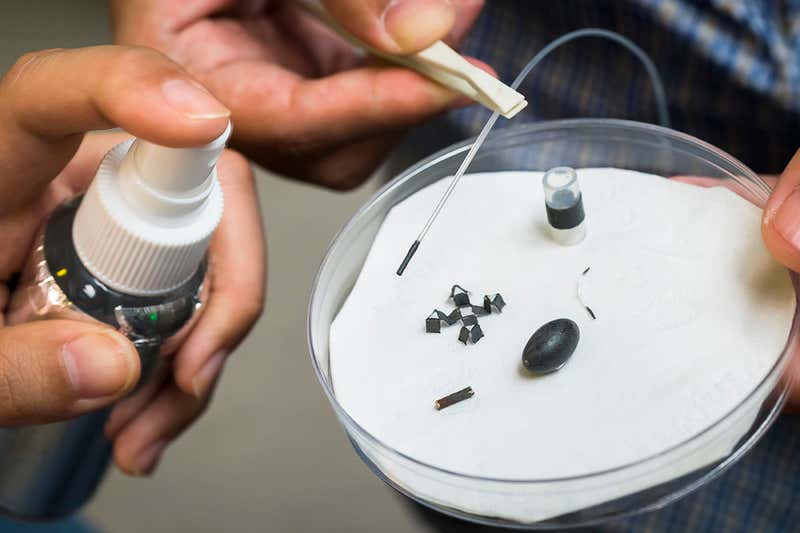It sounds like something you read about in a fantasy novel, but researchers have developed a magnetic spray that turns inanimate objects, such as origami paper, cotton thread, and pills, into mini-robots. In the presence of magnets, the objects can be made to crawl, flip, and roll as if they were insect-like machines.

Only a thin coat is required to flat or small 3-D objects into mini-robots, according to the researchers at the City University of Hong Kong who developed the spray.
The product, known as ‘M-spray’, contains polyvinyl alcohol, gluten, and iron particles to instantly magnetize objects. These can be demagnetized by removing the coating using an oscillating magnetic field that breaks it down into a powder, leaving the object in its original form and composition.

These millirobots could be useful in applications where operating in confined spaces is required, particularly in biomedicine. For instance, the spray could be used to coat pills so they can then be delivered to a particular location through blood vessels. The remaining powder is harmless and can be safely be absorbed or excreted by the body, researchers said in the journal Science Robotics.

Was this helpful?



